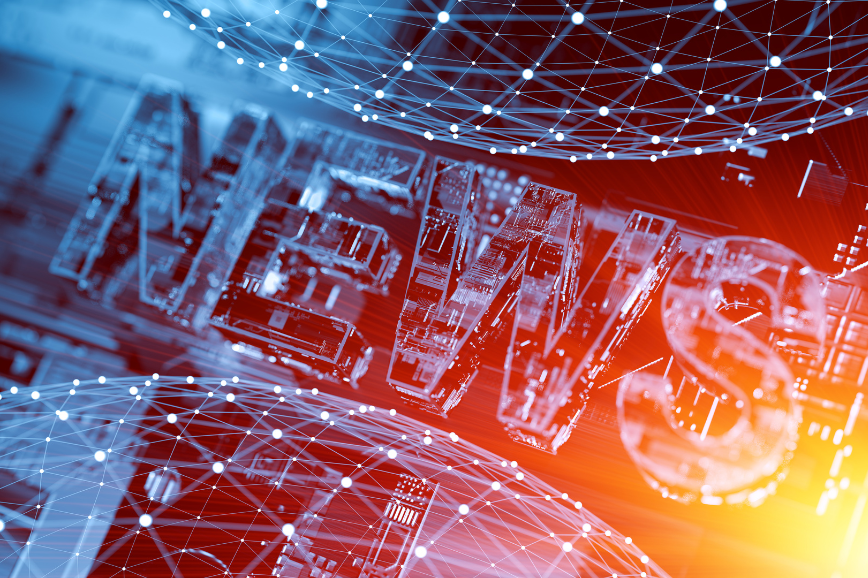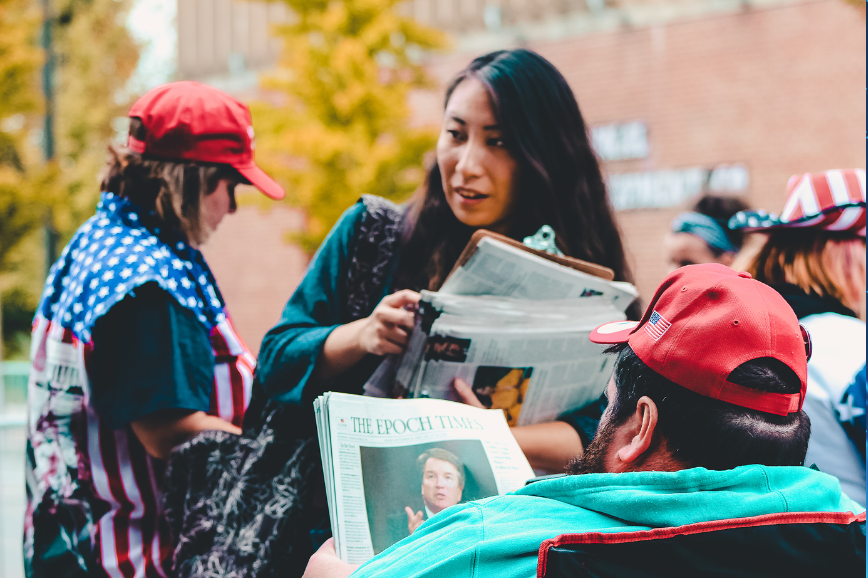
The digital age promised a world of unprecedented connectivity and information access. Yet, a shadow has fallen over this bright future: the spectacular, often malicious, rise of deepfake news. Combining “deep learning” and “fake,” these hyper-realistic, AI-generated videos, audio, and images are blurring the line between reality and fabrication, posing an existential threat to truth, trust, and even democracy. The core question now is a modern paradox: Can the very technology that created this crisis also be the one to solve it?
The Alarming Ascent of Deepfakes
The concept of digital manipulation is not new—photo and video editing have been around for decades. But the advent of deep learning, particularly the use of Generative Adversarial Networks (GANs) and autoencoders, has fundamentally changed the game.
- GANs at the Core: A GAN operates like a high-tech forger. It pits two neural networks against each other: a Generator that creates the fake content, and a Discriminator that tries to detect the forgery. In this continuous ‘cat-and-mouse’ competition, the Generator constantly improves until its output is virtually indistinguishable from real media to the human eye.
- A Threat to the “Gold Standard”: Video and audio once held the ‘gold standard’ of evidence. Deepfakes have shattered this. Whether it’s a politician appearing to make a scandalous statement, a CEO issuing a fraudulent command, or non-consensual content, the persuasive power of a realistic video is unparalleled.
- Societal Impact: The consequences are profound and multifaceted.
- Erosion of Trust: Deepfakes sow general distrust in all media, even authentic videos. This “liar’s dividend” allows malicious actors to dismiss real evidence as “just a deepfake.”
- Political Instability: They are weapons of mass disinformation, capable of swaying elections, inciting civil unrest, and damaging international relations.
- Financial Fraud: Sophisticated voice deepfakes have already been used to impersonate executives and authorize multi-million-dollar transfers.
- Personal Harm: The vast majority of deepfakes are non-consensual pornography, disproportionately victimizing women and creating a widespread crisis of digital safety and reputation damage.
The Tech vs. Tech Arms Race
In response to this escalating threat, a furious technological arms race has begun. The mantra is clear: Technology must beat technology.
Deepfake detection is largely dependent on artificial intelligence models trained to spot the subtle, often microscopic, inconsistencies that the human eye misses. These detection methods fall into two main categories:
1. Detection Technologies (Looking for the “Fake”)
These methods analyze the content itself to identify signs of manipulation, often relying on forensic AI models:
- Micro-Level Inconsistencies: Current deepfakes often fail to perfectly replicate subtle human biological signals. Detection models look for:
- Abnormal Blinking: Deepfake models, especially older ones, may not generate natural, random human eye blinking.
- Facial and Lighting Artifacts: Inconsistencies in shadows, reflections, and the lack of proper head-pose stability.
- Lip-Sync Discrepancies: Mismatches between the generated audio and the lip movements on screen.
- Physiological Clues: Cutting-edge detectors like Intel’s FakeCatcher analyze sub-surface Photoplethysmography (PPG)—the subtle changes in skin color caused by blood flow—to ensure a person is genuinely alive and real in the video.
- Model-Specific Artifacts: AI models can sometimes be trained to detect the characteristic “fingerprint” left by a specific deepfake generation algorithm.
2. Authentication Technologies (Proving the “Real”)
Rather than waiting for a deepfake to be created, this approach aims to verify the content’s authenticity from the moment of capture:
- Digital Watermarking: Embedding an imperceptible pixel or audio pattern into the media at the point of recording. Any manipulation would damage or remove this watermark, signaling the content as altered.
- Content Provenance/Metadata: Cryptographically securing the metadata (details like when, where, and how a photo or video was taken) and storing it on a decentralized ledger like a blockchain. This creates an unalterable history, allowing a user to verify if the media has been tampered with since its creation. Initiatives like the Coalition for Content Provenance and Authenticity (C2PA) are driving this standard.
The Challenge of Perpetual Evolution
While detection technology is advancing rapidly, it faces a fundamental challenge: Generative AI is a perpetually evolving target.
The moment a detector is trained to spot a specific flaw—say, abnormal blinking—the next generation of deepfake models learns to flawlessly replicate natural blinking. It is a technological iteration of the “red queen effect,” where detectors must run faster and faster just to stay in the same place.
The most realistic deepfakes are created by high-resourced actors (often nation-states or large cybercrime groups) who can train their models on vast datasets, making their output harder to distinguish from reality than amateur efforts.
Beyond the Algorithm: A Multi-Layered Defense
A purely technological solution is unlikely to be enough. Combating deepfake news requires a comprehensive defense strategy involving policy, platforms, and people:
- Regulation and Policy: Governments worldwide are pushing for laws that mandate the labeling of AI-generated content (synthetic media) and hold creators and distributors of malicious deepfakes accountable. International consensus is critical to create unified standards.
- Platform Responsibility: Social media companies must invest heavily in detection tools, implement content provenance standards, and clearly label synthetic media before it is allowed to spread. Their speed in debunking and removing deepfakes is crucial, given how quickly these videos go viral.
- Media Literacy and Education: The most powerful defense is a vigilant public. Digital literacy must be integrated into education, equipping users with the critical thinking skills to question suspicious content, cross-reference sources, and look for tell-tale signs of manipulation. If a story seems too sensational to be true, it probably is.
Conclusion: A Test of Digital Resilience
The rise of deepfake news is arguably the greatest test of our collective digital resilience. The battle between technological creation and technological detection is fierce, a high-stakes duel between the forger and the forensic scientist.
While technological solutions like digital watermarking and advanced forensic AI offer hope, they are merely tools. The ultimate victory over deepfake news will not come from a single algorithm, but from a fusion of cutting-edge AI, proactive policy, and a globally informed, skeptical public. In the war for truth, technology must be a powerful ally, but only an educated human can deliver the final, definitive judgment.





